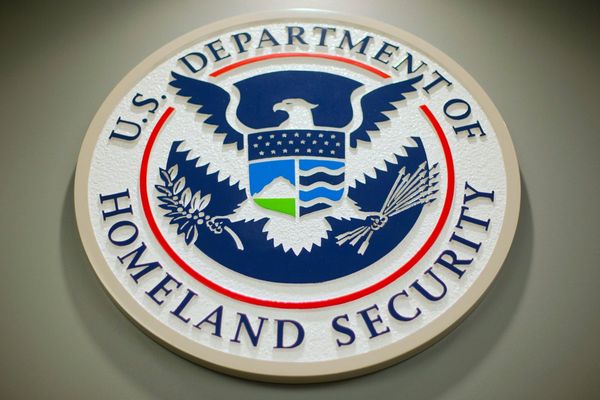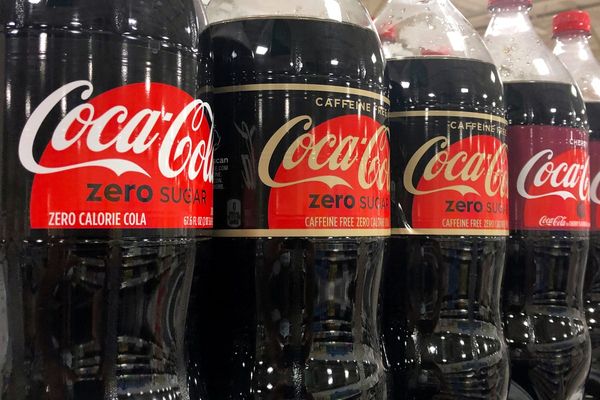
If dry January left you craving a big night out, the arrival of wet February – where some people overcompensate after a month without alcohol – may already have served up a reminder of the downsides of excess drinking.
If so, a new product that is claimed to rapidly reduce blood alcohol, combat symptoms of drunkenness and allow users to “never lose a day” to the night before may sound like an appealing antidote.
Safety Shot is the latest in a slew of products that are said to accelerate the breakdown of alcohol and replenish essential nutrients that help the body recover. “The big difference is that there’s nothing in the world that lowers your blood alcohol content like our patented beverage,” said Safety Shot’s CEO, Brian John.
Launched in the US before Christmas, cans of the stuff almost immediately sold out. Further launches are planned in the UK and elsewhere later this year. But does it really work? I nobly reached for a wine glass to find out.
A birthday dinner party provides my first opportunity. I arrive with a couple of cans, alongside the requisite bottle of wine. Our host, Ben, eyes them suspiciously. “Why would you want to sober up?” he says.
I don’t tell him about a drunken night when I believed there were tiny people in my handbag, when in fact I had just accidentally switched on my Dictaphone. Instead, I try to sway him with the possibility of avoiding a hangover.
According to Safety Shot’s chief operating officer, David Sandler, the drink’s patented formulation not only reduces the effects of alcohol by helping the body process it more efficiently, but improves how people feel immediately and the next day.
Perhaps if I could clear the alcohol from my system faster, it would have less impact on my sleep. It may also improve my conversational skills and help me to remember what I said.

I press on with getting drunk enough to test Sandler’s claims. Three courses and seven glasses of wine later, I reach for my breathalyser: it records 120mg of alcohol per 100ml of blood – well over the drink-driving limit in England, Wales and Northern Ireland of 80mg/100ml blood, and enough to start impairing speech, judgment and body movements. I also do a reaction speed test, which records an average of 365ms. The norm for a sober adult is 200-250ms.
I break open a can of Safety Shot. Orange-flavoured and cloyingly sweet, the liquid feels like it is sucking all of the moisture out of my tongue. Ben looks unimpressed. “I still have zero desire to get involved,” he says.
I stop drinking and start taking breathalyser readings every 20 minutes. At some point my friends convince me to put two copper coins in my mouth, as someone believes this may interfere with the breathalyser. That I agree to do so suggests I am still far from sober – but despite a temporary and minor dip, my blood alcohol continues to hover at about 110mg/ml for the next two hours.
So much for rapidly reducing my blood alcohol. Yet I am full of energy, and after an hour my reaction speed has improved to 276ms. Even Ben says I seem “perkier”.
I don’t feel drunk when I walk home at 1am, but neither do I feel entirely sober: my limbs feel sluggish even though I’m wide awake. I slept fitfully that night and woke up tired but hangover-free. So, could the Safety Shot have helped?
According to Dr Emmert Roberts, a senior clinical lecturer in addiction psychiatry at King’s College London, the only ingredient listed on the can for which there is “very minimal evidence” of reducing hangover symptoms is pyridoxine (vitamin B6).
Roberts recently reviewed the scientific evidence for various hangover interventions. “The conclusion was that there are very few scientifically rigorously conducted studies of products that claim to prevent or cure hangover, which sadly remains true,” he said.
However, I am convinced the drink affected my alertness, so I decide to give it another go – this time consuming half a bottle of wine with dinner.
There’s still no discernible difference in the rate at which my blood alcohol falls, compared with when I just drink the same amount of wine. However, about an hour after drinking the Safety Shot, at 10pm on a Sunday, I experience an overwhelming urge to clean my living room, which I do. That night I barely slept at all.
Possibly it’s the 200mg of caffeine in the can, equivalent to about four shots of espresso. Two further ingredients – theacrine and methylliberine – may also increase mental alertness, while another, huperzine-A, may improve mental function, said Dr Ashwin Dhanda, of the University of Plymouth who studies alcohol-related liver disease. However, “without knowing the doses of them, it is difficult to evaluate objectively,” he added.
The same goes for several other listed ingredients that could theoretically assist with alcohol breakdown. Dhanda said: “The manufacturer claims that it reduces blood alcohol levels, reduces further alcohol uptake and improves mental function. However, none of these claims have been assessed or endorsed by the FDA (US Food and Drug Administration) and no clinical studies have been conducted to formally validate them. Therefore at best, these can be considered marketing claims based on theoretical actions of some of the ingredients.”
Safety Shot claims that a double-blind, placebo-controlled trial is under way examining the impacts of alcohol before and after consuming its product. Its website also states that every person is different and that “genetics, liver health, habituation and a host of other factors can influence the rate at which alcohol is metabolised”.
I won’t be consuming another Safety Shot after a night of drinking. But I might be tempted to drink one the morning after – especially if I need to get the housework done.
• This article was amended on 11 February 2024. An earlier version said the drink-driving limit in the UK was 80mg/100ml blood. That is the limit in England, Wales and Northern Ireland; in Scotland it is 50mg/100ml blood.







